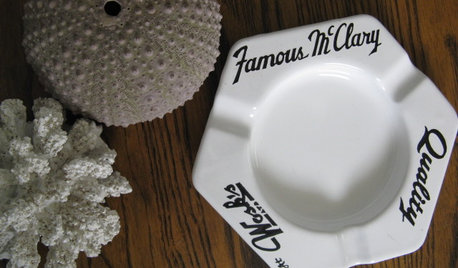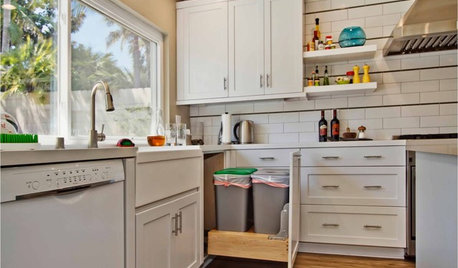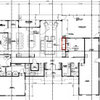Solar collector things from a yard sale for fifty cents.
albert_135 39.17°N 119.76°W 4695ft.
14 years ago
Related Stories

DECORATING GUIDESCreative Collector: Vintage Vessels
Great vintage vases and bottles can turn up in unlikely places. Here's where to find them and how best to display them back home
Full Story
BUDGET DECORATING14 Ways to Make More Money at a Yard Sale — and Have Fun Too
Maximize profits and have a ball selling your old stuff, with these tips to help you plan, advertise and style your yard sale effectively
Full Story
GREEN BUILDINGGoing Solar at Home: Solar Panel Basics
Save money on electricity and reduce your carbon footprint by installing photovoltaic panels. This guide will help you get started
Full Story
GREEN BUILDINGLet’s Clear Up Some Confusion About Solar Panels
Different panel types do different things. If you want solar energy for your home, get the basics here first
Full Story
HEALTHY HOME6 Tips From a Nearly Zero-Waste Home
Lower your trash output and increase your quality of life with these ideas from a mom who did it to the max
Full Story
GREEN BUILDINGSunlight Used Right: Modern Home Designs That Harness Solar Power
Embracing passive heating principles through their architecture, siting and more, these homes save energy without skimping on warmth
Full Story
MOST POPULARBudget Decorator: Shop Your Home for a New Look
Redecorate without spending a cent by casting a creative eye on the showroom called home
Full Story
ECLECTIC STYLE5 Reasons to Hit That Secondhand Store
New things have their place, but old things have a history and beauty all their own
Full Story
LANDSCAPE DESIGN15 Great Ideas for a Lawn-Free Yard
End the turf war for good with hardscaping, native grasses and ground covers that save water and are easier to maintain
Full Story
DECLUTTERING9 Exit Strategies for Your Clutter
How to efficiently — and regularly — rid your home of the things you don’t want
Full StorySponsored
More Discussions








albert_135 39.17°N 119.76°W 4695ft.Original Author
mikie_gw
Related Professionals
Alexandria Home Automation & Home Media · Allendale Home Automation & Home Media · Chattanooga Home Automation & Home Media · Evanston Home Automation & Home Media · Farmington Home Automation & Home Media · Hull Home Automation & Home Media · Medford Home Automation & Home Media · Park Ridge Home Automation & Home Media · Pittsburgh Home Automation & Home Media · Seattle Home Automation & Home Media · Yeadon Home Automation & Home Media · Livingston Handyman · Beech Grove Lighting · Cahokia Lighting · La Jolla Lightinggardurnit